Gasoline is currently expensive, and crude oil is sold for over 100 USD a barrel, but 200 years ago, these resources were astonishingly abundant.
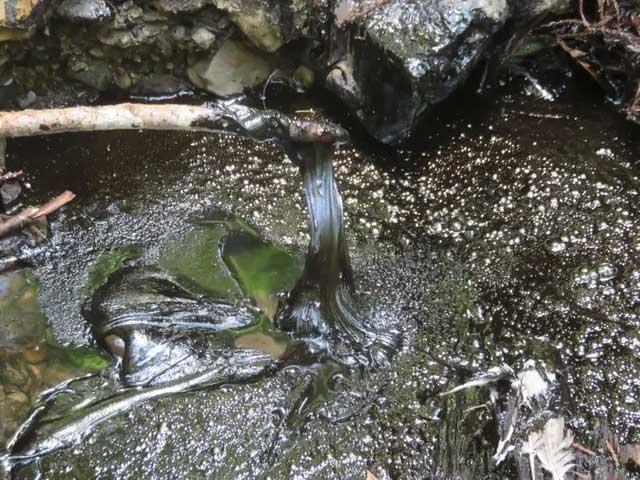
Commonly referred to as “petroleum,” crude oil can be found in many places around the world, oozing from the ground or floating on the surfaces of ponds, lakes, or streams.
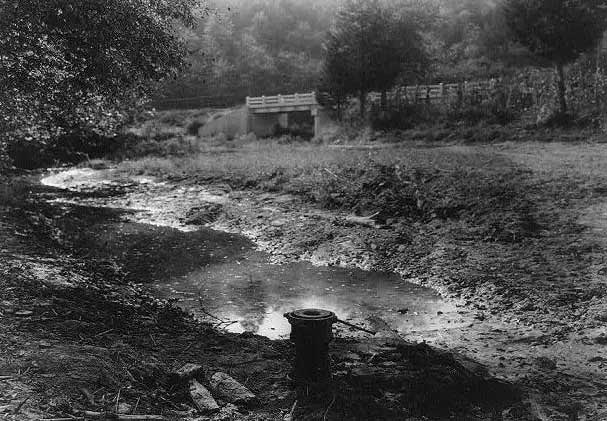
Indigenous people in North America and Asia historically used petroleum for both medicinal and cosmetic purposes, including treating headaches, toothaches, stomach pains, and even straightening eyelashes.
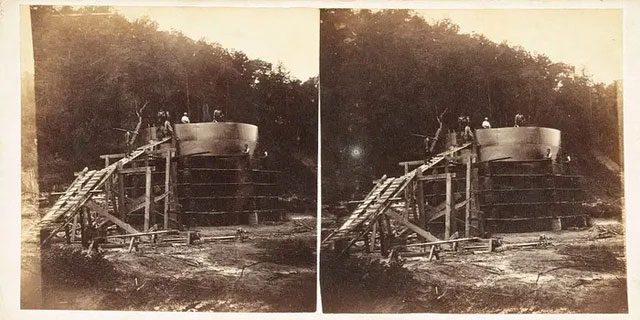
With these surface oil deposits, people typically collected the oil using rags or blankets to soak it up and wring it out into containers. This image shows an oil collection barrel in Pennsylvania, USA.
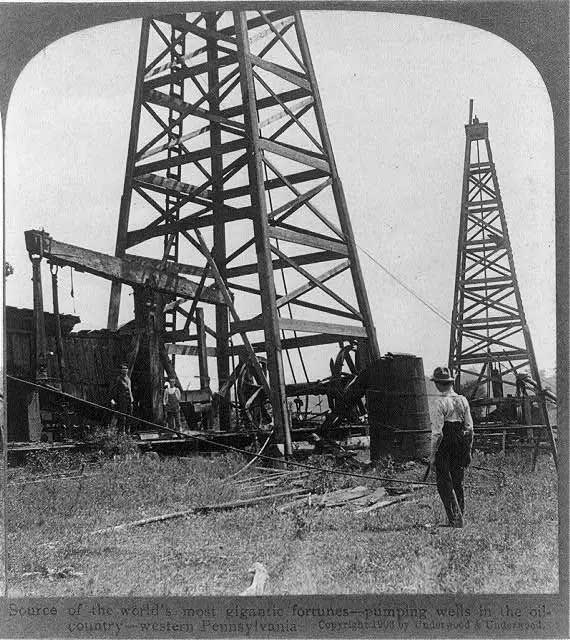
A 19th-century banker, when asked to fund the novel idea of drilling for oil, mocked the concept, stating: “Oil flows from the ground, why pump it out like water? Nonsense! Madness.”
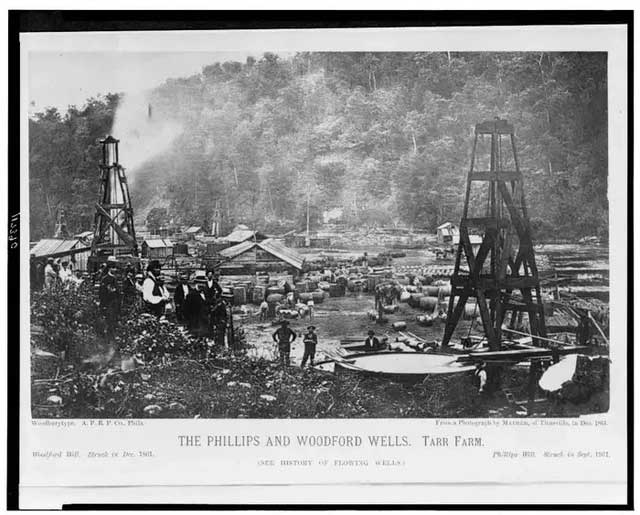
However, it wasn’t long before pumped oil began to gain value. At one point, a barrel of oil was worth half the price of a barrel of whiskey, which was repurposed to contain it. To this day, the 42-gallon whiskey barrel remains a measurement unit in the oil industry, even though actual whiskey barrels are no longer used. This image shows the Woodford oil well with whiskey barrels beside it, in 1861.
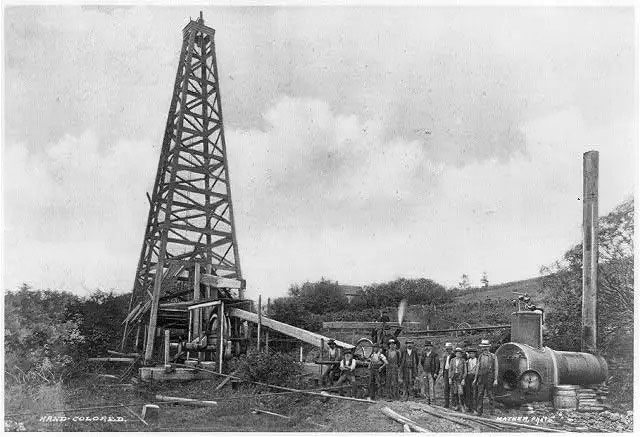
The first oil rig began operations in April 1861, bringing 3,000 barrels of oil to the surface daily. However, a subsequent explosion and fire resulted in 19 fatalities and destroyed the entire rig within three days.
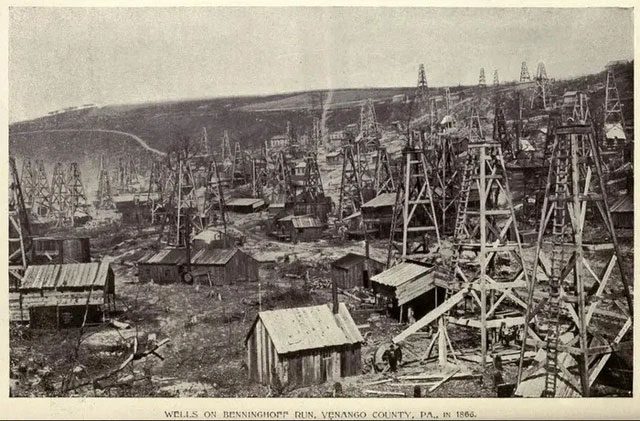
As the American Civil War disrupted the supply of illuminating oil from the South, a kerosene market sourced from Pennsylvania oil emerged. Subsequently, crude oil began to be exported to developing markets in Europe. This image shows oil rigs in Pennsylvania.
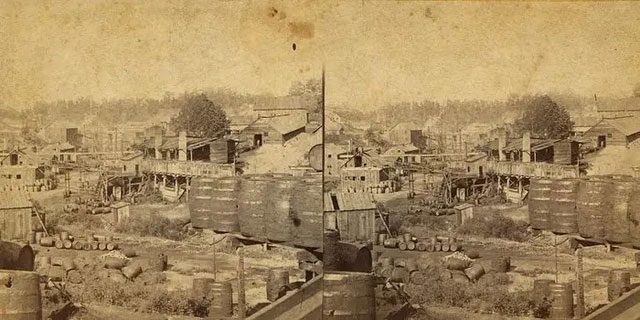
After the war, the rush to produce oil led to a surplus that exceeded demand, causing prices to plummet. In the 1870s, oil was cheaper than drinking water for households in oil-producing regions. This image shows the oil refinery in Erie, Pennsylvania.
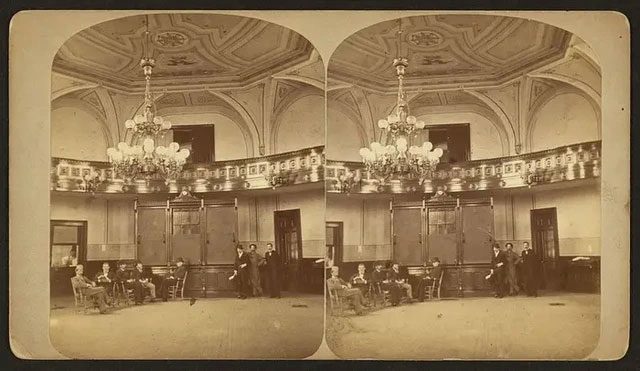
Kerosene was the dominant petroleum product before 1905, while gasoline was merely a minor byproduct often dumped into rivers. Gasoline was once sold for as low as 2 cents (0.02 USD) per gallon (3.78 liters) in 1892. This image shows the interior of the Pennsylvania Oil Exchange.
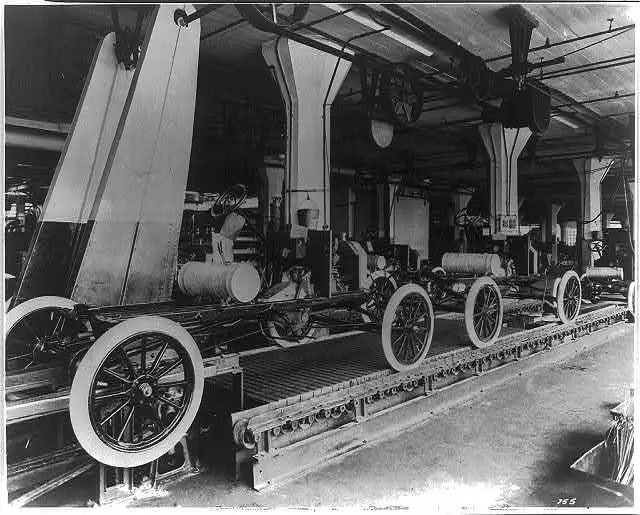
However, everything began to change in 1905 with the invention of the automobile, leading gasoline sales to officially surpass kerosene sales by 1911. This image shows the assembly line for Ford’s Model T.
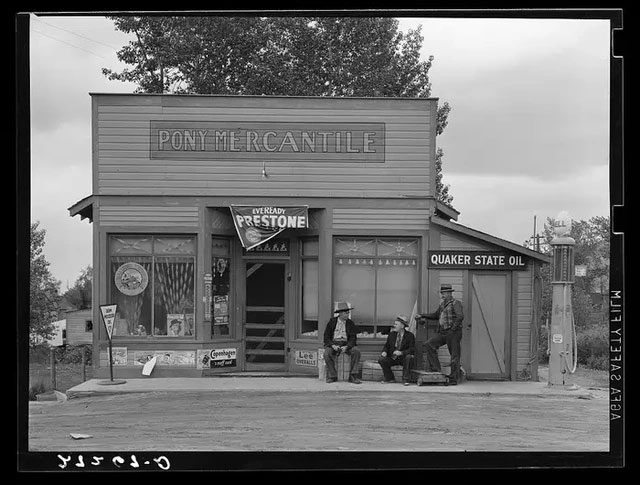
In the early years of the automobile era, gasoline was sold at hardware and general stores. Store owners would keep it in unlabeled cans stored under the counter or outside behind the store.
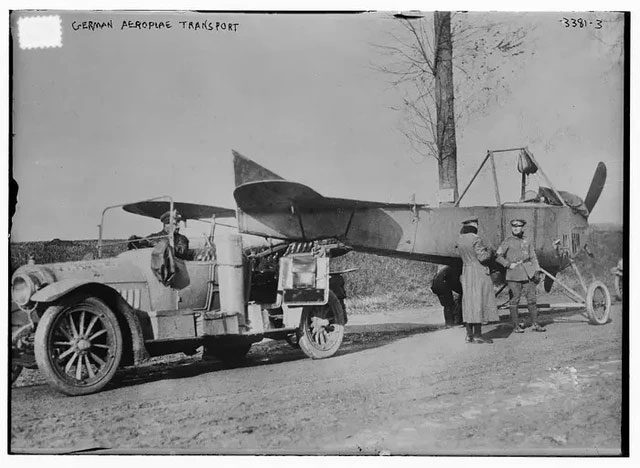
World War I ushered in the modern oil era, as internal combustion engines proved to be more reliable and versatile compared to coal-powered and horse-drawn transport methods. This image shows a German car towing an airplane during World War I.
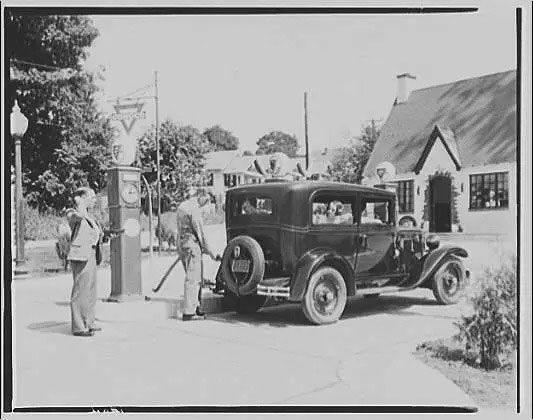
By 1920, the concept of a gas station began to take root, with about 12,000 gas stations in the U.S. by 1921, quickly rising to over 140,000 by 1929.
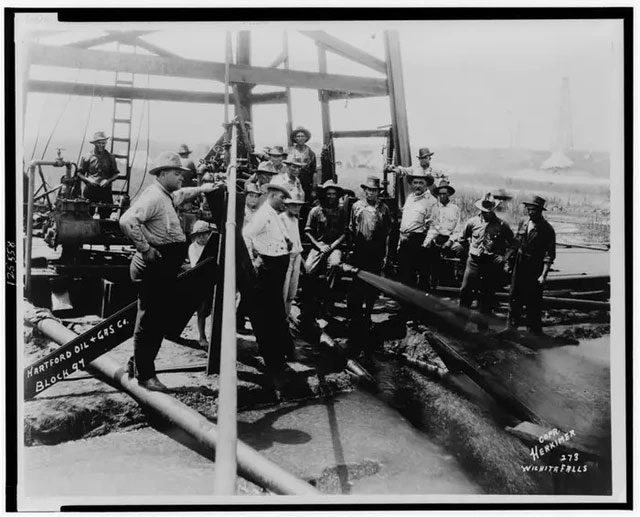
By 1929, kerosene consumption was essentially negligible, as the demand for gasoline and fuel oil surged, accounting for 85% of oil consumption.
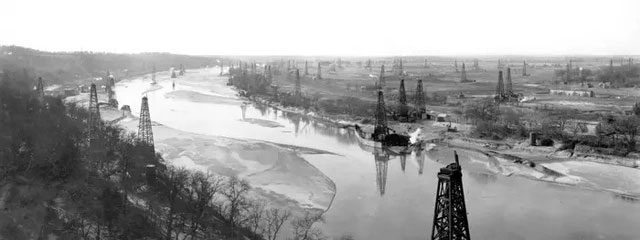
The 1920s also fostered a close relationship between politics and oil prices. A senator from Wisconsin once opposed price manipulation by companies, warning that if this continued, “the people of this country should be prepared to pay at least 1 USD a gallon for gasoline.” Currently, it is estimated that the average retail price of gasoline in the U.S. in 2022 will range around 4 USD per gallon.



















































